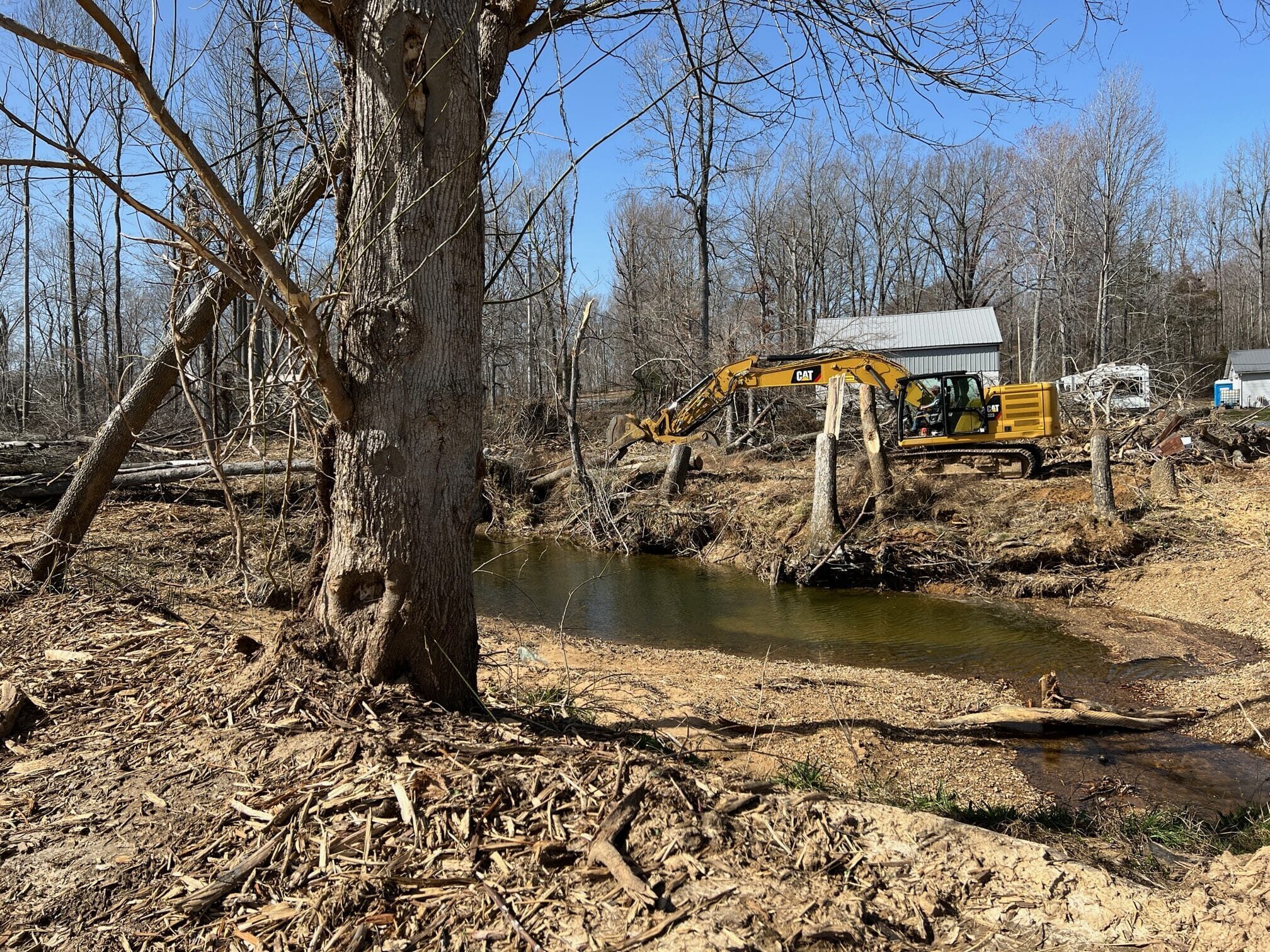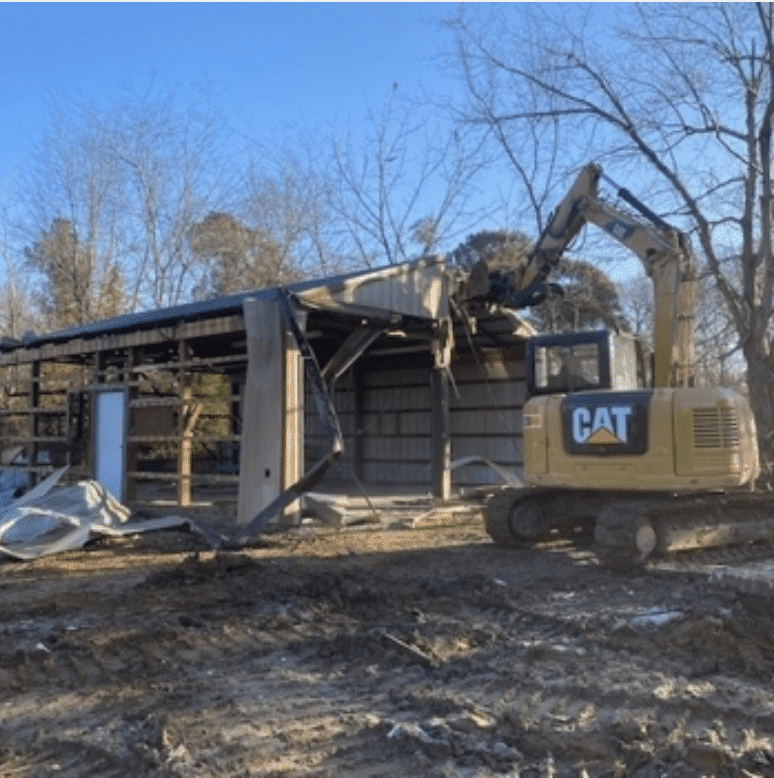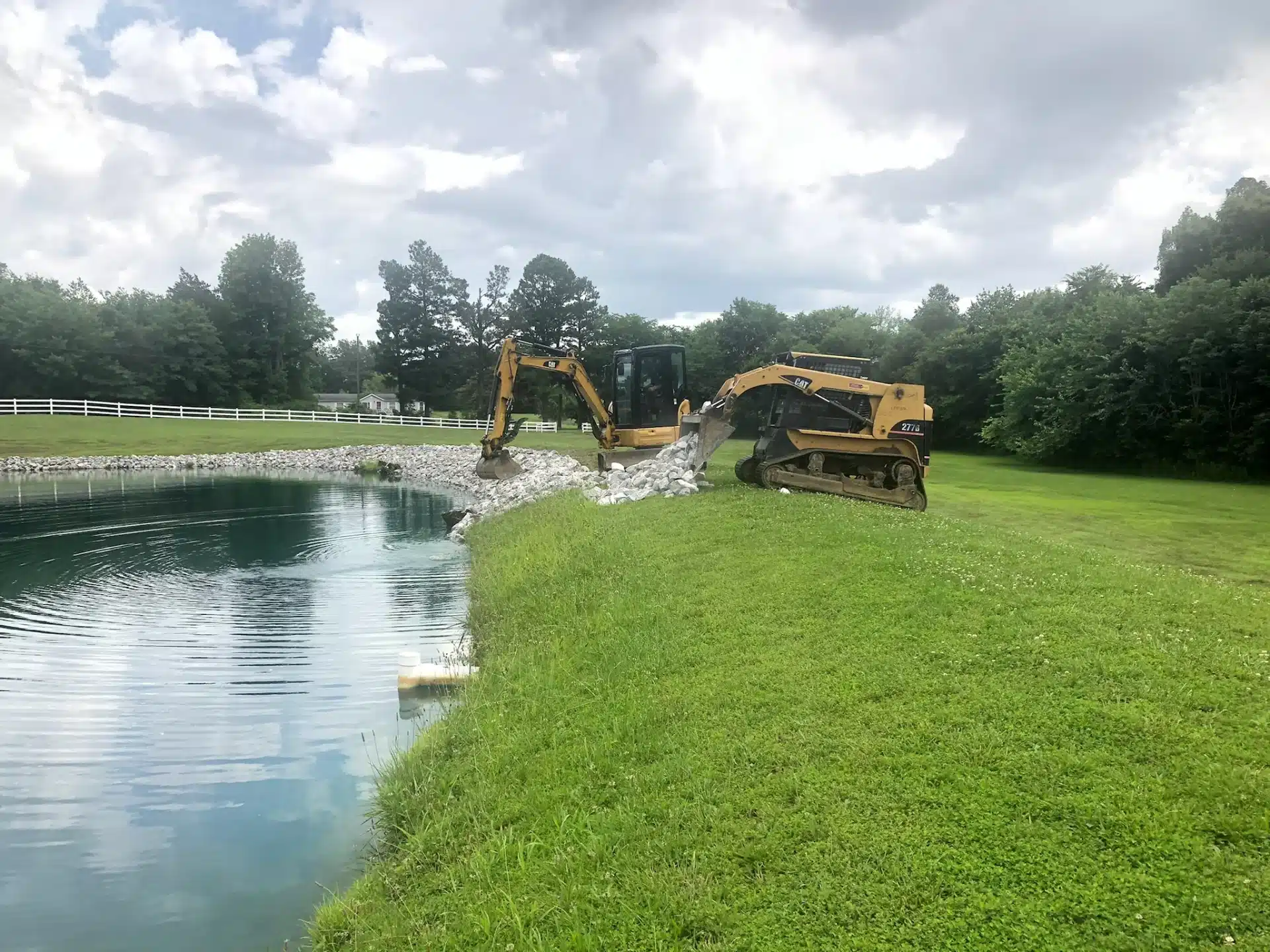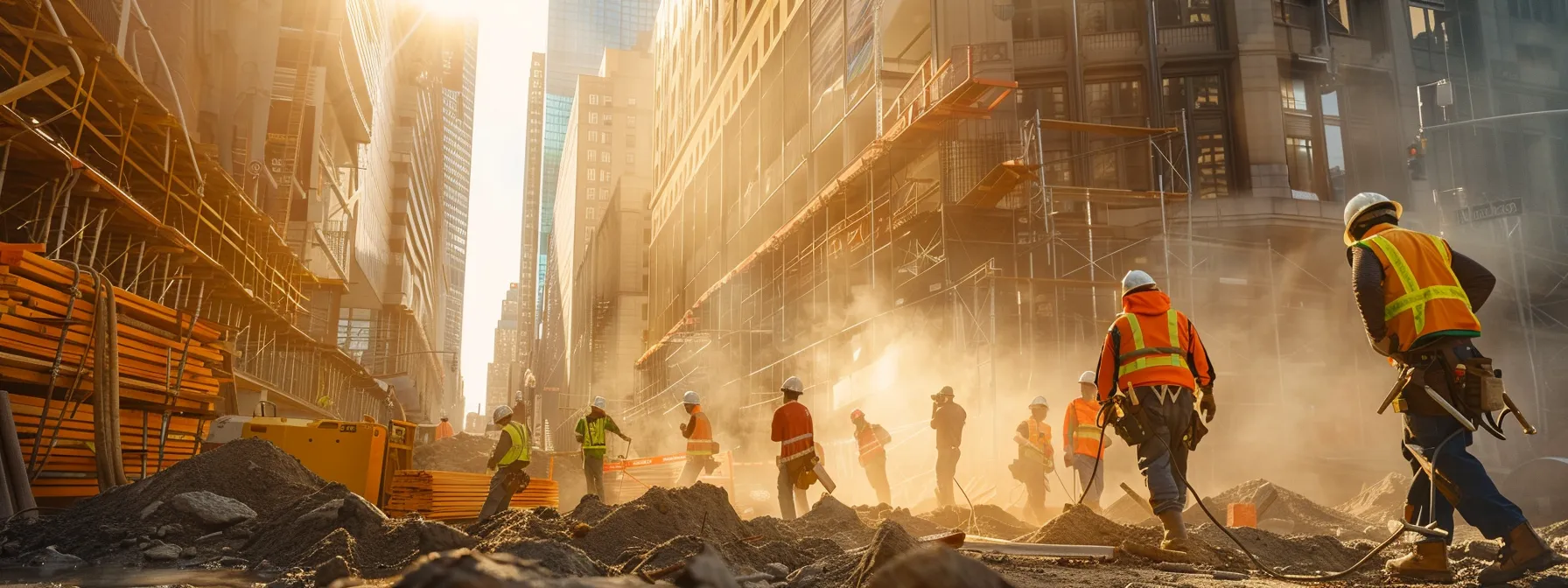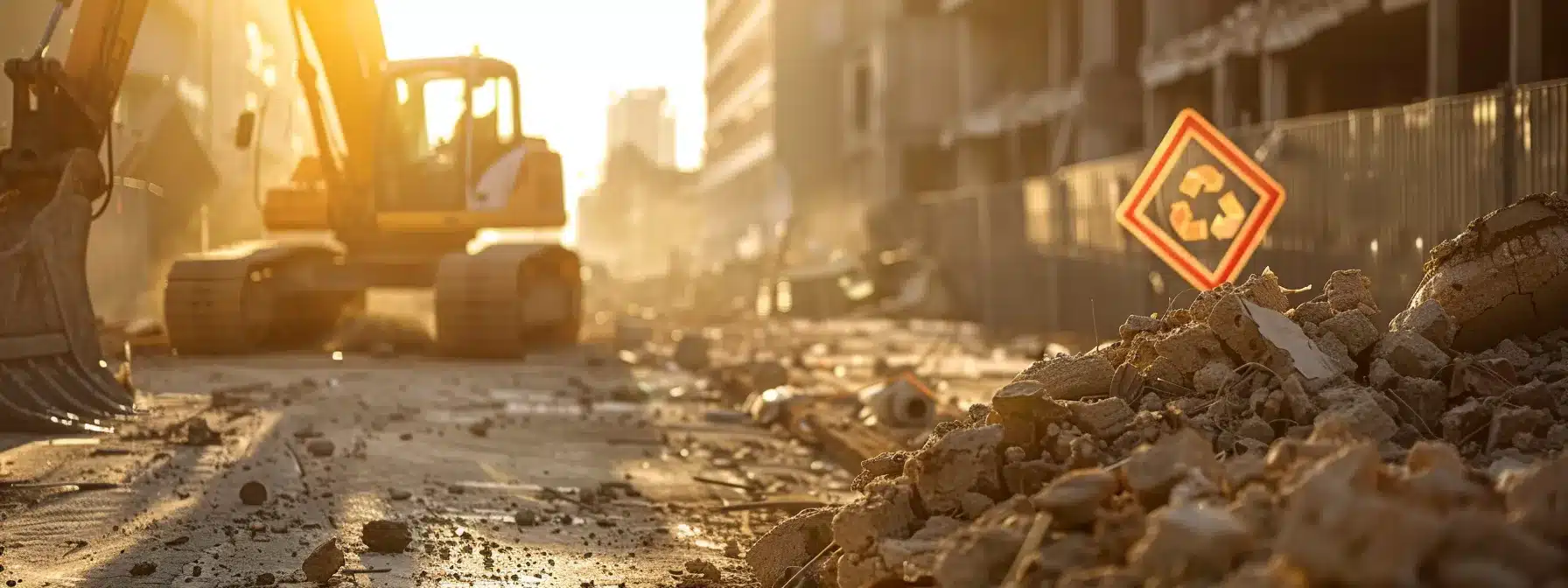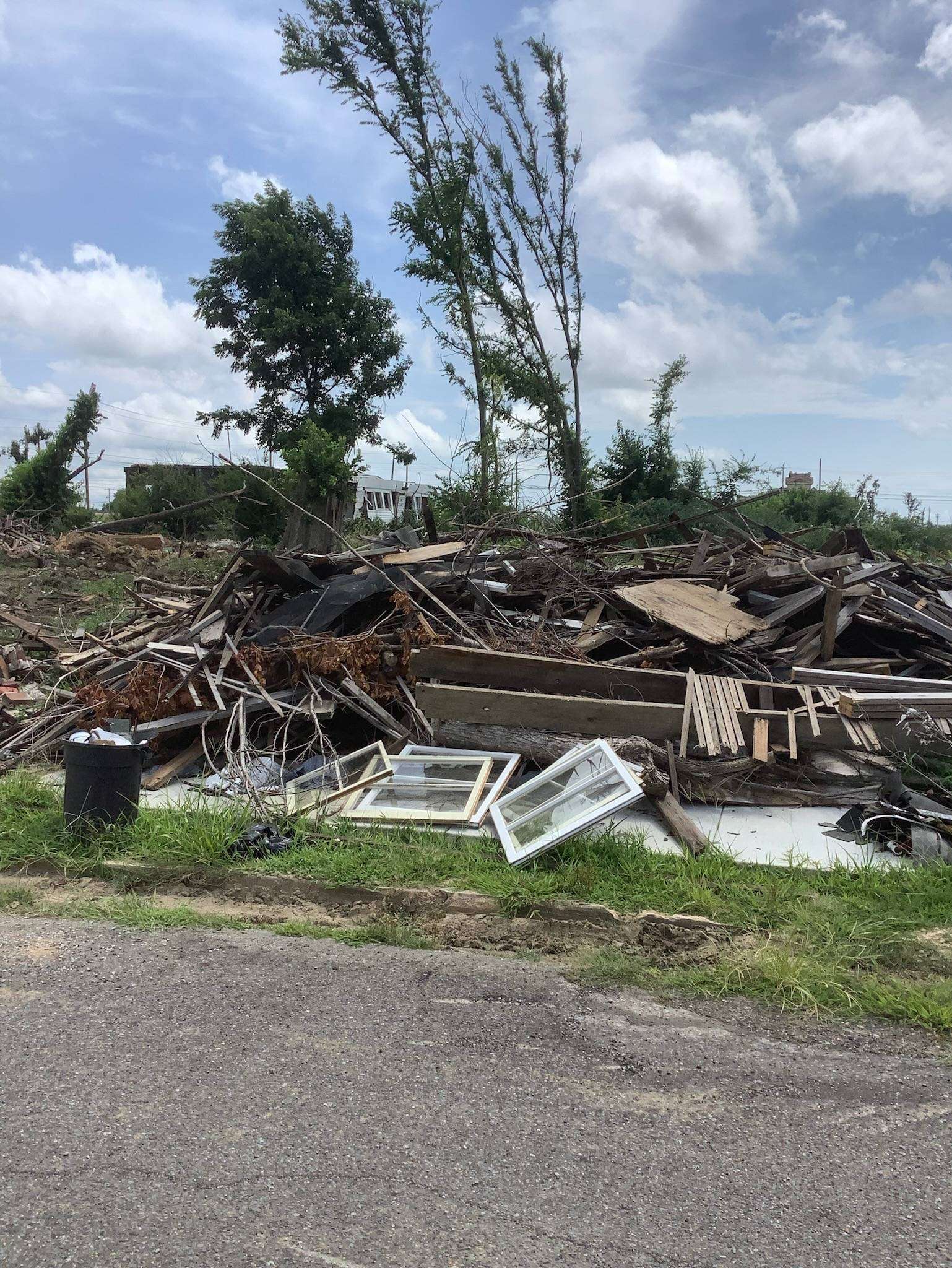Are you concerned about properly clearing your land and preventing erosion in Paducah, KY? Look no further, as this article will provide you with valuable tips and information on how to effectively manage these important land topics. Don’t let land clearing and erosion control frustrate you any longer, read on for expert advice.
Key Takeaways:
- Choose native plants for erosion control and to protect water quality.
- Install proper drainage systems to prevent soil erosion and water runoff.
- Avoid disturbing steep slopes to minimize physical toll on the land.
Assessing the Land
When evaluating land for clearing and erosion control in Paducah, KY, it is essential to follow a systematic approach. Here are the steps to consider:
- Survey the land to identify potential erosion-prone areas.
- Assess the slope of the backyard to determine any potential runoff issues.
- Consider the proximity of the nearby river and its impact on erosion.
- Evaluate the physical toll required for clearing and erosion control measures.
- Identify any existing vegetation that can aid in preventing erosion.
- Take into account any potential regulations or permits required for land clearing.
By following these steps, you can effectively assess the land and implement appropriate measures to control erosion and maintain a stable environment.
Creating a Plan
Creating a plan for land clearing and erosion control in Paducah, KY involves several important steps:
- Assess the area: Evaluate the site conditions, including soil type, slope steepness, and the absence of vegetation.
- Develop a strategy: Determine the best approach for clearing the land and controlling erosion based on the site assessment.
- Obtain permits: Check local regulations and obtain any necessary permits for land clearing and erosion control.
- Plan for vegetation: Consider planting grass, shrubs, or trees to stabilize the soil and prevent erosion.
- Implement erosion control measures: Install erosion control blankets or mats, sediment barriers, and retaining walls as needed.
- Monitor and maintain: Regularly inspect the site and make any necessary adjustments or repairs to ensure ongoing erosion control.
Suggestions: Engage with local experts who are familiar with the area’s unique challenges and regulations to ensure a successful land clearing and erosion control plan for your new location with steep slopes and no vegetation.
Obtaining Necessary Permits
To obtain the necessary permits for land clearing and erosion control in Paducah, KY, follow these steps:
- Research: Familiarize yourself with local regulations and permit requirements.
- Application: Submit a completed permit application, including all required documents and fees.
- Site Plan: Provide a detailed site plan indicating proposed activities and mitigation measures.
- Environmental Assessment: Conduct an assessment to identify potential impacts on the nearby river.
- Public Notice: Advertise the project to inform the public and allow for comments or objections.
- Review and Approval: Await review and approval from the appropriate regulatory agencies.
Fun Fact: When implemented correctly, land clearing and erosion control measures can reduce the physical toll on nearby rivers by preventing sediment runoff and habitat destruction.
Clearing the Land
When clearing land in Paducah, KY, it’s important to follow proper steps to promote erosion control and protect the environment. Here are some key steps to consider:
- Assess the land: Determine the extent of vegetation and identify areas with no vegetation.
- Remove non-native plants: Clear invasive species that can harm the ecosystem.
- Preserve native plants: Protect and retain native plants that provide habitat and prevent erosion.
- Proper equipment: Use appropriate machinery for land clearing, such as mulchers or excavators.
- Erosion control measures: Implement erosion control techniques like installing erosion control blankets or hydroseeding.
- Dispose of debris responsibly: Ensure proper disposal of cleared vegetation and debris to avoid contamination or spread of invasive species.
Implementing Erosion Control Measures
To effectively implement erosion control measures in Paducah, KY, follow these steps:
- Create rain gardens to capture and absorb excess water, preventing runoff.
- Install French drains to redirect and drain water away from vulnerable areas.
- Plant native vegetation with strong root systems to stabilize soil and prevent erosion.
- Use erosion control blankets or matting to protect bare soil and promote vegetation growth.
- Implement terracing or retaining walls in steep areas to control water flow and prevent erosion.
By following these steps, you can successfully mitigate erosion and protect your land in Paducah, KY.
Monitoring and Maintenance
Monitoring and maintenance are crucial for effective land clearing and erosion control in Paducah, KY. Here are essential steps to follow:
- Regularly inspect the land for erosion signs, such as exposed roots or sediment buildup.
- Monitor water flow patterns and redirect it away from vulnerable areas using trenches or swales.
- Implement erosion control measures like installing erosion control blankets or matting.
- Ensure proper drainage by maintaining gutters and downspouts.
- Use drip irrigation, water hoses, or sprinkler systems to prevent soil erosion in flower beds and vegetable gardens.
In a similar tone, a true story: A homeowner noticed soil erosion in their backyard, threatening their vegetable gardens. By implementing a drip irrigation system and redirecting water flow, they successfully prevented further erosion and preserved their beautiful garden.
Use Native Plants for Erosion Control
Using native plants for erosion control is a highly effective and eco-friendly approach. Here are some steps to follow:
- Research native plant species that are suitable for the climate and soil conditions in your region.
- Select plants with strong root systems that can effectively stabilize soil and prevent erosion.
- Strategically plant the native species on slopes or areas prone to erosion.
- The extensive root systems of these plants help to absorb rainwater runoff, reducing erosion and promoting water infiltration into the soil.
- Regularly monitor and maintain the native plants to ensure their growth and effectiveness in controlling rainwater runoff and preventing erosion.
Install Proper Drainage Systems
Installing proper drainage systems is crucial for effective land clearing and erosion control, especially in areas prone to heavy rainfall. Here are the steps to follow:
- Evaluate the site: Assess the topography and identify areas prone to water runoff.
- Design the drainage system: Determine the type of system needed, such as French drains or catch basins.
- Install surface drains: Dig trenches and lay drain pipes to redirect water away from the property.
- Construct swales: Create shallow, vegetated channels to slow down and absorb water runoff.
- Consider retaining walls: Install walls to prevent soil erosion and control water flow on slopes.
- Maintain the system: Regularly inspect and clean drains to ensure they are functioning properly.
By implementing proper drainage systems, you can effectively manage water runoff and protect your property from water runoff and erosion during heavy rainfall.
Avoid Disturbing Steep Slopes
When it comes to land clearing and erosion control in steep slopes, there are several steps to follow to avoid causing damage to the land and minimize the physical toll on workers:
- Assess the slope gradient and stability before starting any clearing activities.
- Implement erosion control measures such as installing erosion control blankets or matting.
- Use low-impact equipment and techniques to minimize soil disturbance.
- Consider alternative methods such as hand clearing or selective harvesting to avoid excessive physical toll on workers and disturbance to the slope.
- Monitor and maintain erosion control measures regularly to ensure their effectiveness.
Consider Using Mulch or Erosion Control Blankets
In Paducah, KY, a backyard with a slope was experiencing erosion, requiring land clearing. To address this issue, a layer of mulch was applied as a protective covering, while erosion control blankets were installed to stabilize the slope. This effective strategy prevented further erosion and maintained the integrity of the backyard landscape.
Here are the steps that were taken:
- Assess the area: The extent of the slope and severity of erosion were determined.
- Choose the right mulch: A suitable mulch was selected based on the soil type and slope of the backyard.
- Prepare the area: Any vegetation or debris was cleared before applying the mulch or erosion control blankets.
- Apply mulch: The mulch was spread evenly over the slope, ensuring complete coverage.
- Install erosion control blankets: The blankets were laid over the slope and secured with stakes or pins.
- Maintain regularly: The effectiveness of the mulch and blankets was monitored and adjustments were made as needed.
Protects Water Quality
Protecting water quality is crucial when it comes to land clearing and erosion control in Paducah, KY. Implementing effective measures, such as the following, can help prevent sediment and pollutants from entering water bodies:
- Establish rain gardens: These landscaped areas capture and filter rainwater, allowing it to infiltrate into the ground and reducing runoff.
- Install French drains: These underground drainage systems help divert excess water away from vulnerable areas, preventing erosion and sedimentation.
- Use erosion control blankets: These blankets provide temporary cover to prevent soil erosion while vegetation becomes established.
By incorporating these practices, you can safeguard water quality and preserve the natural environment in Paducah, KY.
Prevents Soil Erosion
Soil erosion can have detrimental effects on the environment and land stability. To prevent soil erosion in Paducah, KY, there are several key steps to take:
- Implement proper land clearing techniques to minimize disturbance to the soil.
- Use erosion control measures such as mulching, terracing, or installing erosion control blankets.
- Plant native vegetation with deep root systems to stabilize the soil and absorb excess water.
- Install retaining walls or other structures to prevent runoff and soil displacement.
By following these practices, you can mitigate the risk of soil erosion and protect the integrity of the land in Paducah, KY.
Maintains the Aesthetic Appeal of the Land
Maintaining the aesthetic appeal of land during land clearing and erosion control is essential. Here are some tips to achieve this:
- Preserve natural features such as trees and bodies of water.
- Design pathways and driveways in a way that enhances the overall beauty of the land.
- Plan and create attractive flower beds and gardens, including a vegetable garden, to add color and vibrancy.
- Incorporate sustainable landscaping practices to ensure the long-term health and beauty of the land.
- Consider the visual impact of erosion control measures, such as using natural materials or incorporating them into the overall design.
Promotes Sustainable Land Use
Promoting sustainable land use in Paducah, KY involves implementing effective land clearing and erosion control practices. Here are some tips to consider:
- Use native plants for landscaping, as they are adapted to the local climate and require less water and maintenance.
- Install drip irrigation systems to minimize water waste and provide targeted watering to plants.
- Prioritize erosion control measures, such as terracing and mulching, to prevent soil erosion and preserve land integrity.
By incorporating these practices, Paducah can ensure sustainable land use for both current and future generations.
FAQs about Tips For Land Clearing And Erosion Control In Paducah, KY
What is erosion and why is it a concern for homeowners in Paducah, KY?
Erosion is the natural process of soil movement by water, ice, wind, or gravity. It can cause damage to your yard and affect the stability of your property. As a homeowner, being aware of erosion and implementing control methods is essential for the health and safety of your landscape.
What are some common erosion control methods that homeowners in Paducah, KY can use?
There are 19 erosion control methods that can be used in your yard, including native plants, grass, drip irrigation, terrace gardens, retaining walls, and more. These methods help stabilize the soil, slow down rainwater runoff, and protect topsoil from being washed away.
Why is it important to minimize erosion in your yard?
Controlling erosion is crucial for the environment and the health of your property. Erosion can lead to loss of fertile soil, increased water pollution, and destabilization of slopes. By implementing erosion control methods, you can prevent these negative effects and maintain a healthy and stable landscape.
What are some common terms or landscape jargon used when discussing erosion control methods?
Some terms you may come across when learning about erosion control include swales, rain gardens, french drains, riprap, and dry creek beds. These are all different methods that can be used to combat erosion and protect your yard.
How can homeowners in Paducah, KY determine if their yard is at risk for erosion?
Yard areas with steep slopes and no vegetation are the most vulnerable to erosion. If you notice areas of your yard that appear to be disintegrating or bare, it may be a sign of erosion. It’s essential to address these areas and implement erosion control methods to prevent further damage.
Can homeowners in Paducah, KY handle erosion control on their own, or should they seek professional help?
While some erosion control methods, such as planting native plants or grass, can be done by homeowners, others may require the help of a professional landscaper or landscape architect. It’s essential to assess the level of erosion and seek help when needed to ensure proper and effective control methods are implemented.

